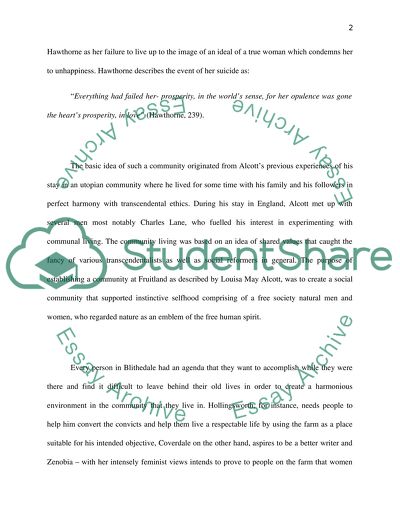Cite this document
(“The Blithedale Romance by Nathaniel Hawthorne Book Report/Review”, n.d.)
The Blithedale Romance by Nathaniel Hawthorne Book Report/Review. Retrieved from https://studentshare.org/literature/1528149-the-blithedale-romance-by-nathaniel-hawthorne
The Blithedale Romance by Nathaniel Hawthorne Book Report/Review. Retrieved from https://studentshare.org/literature/1528149-the-blithedale-romance-by-nathaniel-hawthorne
(The Blithedale Romance by Nathaniel Hawthorne Book Report/Review)
The Blithedale Romance by Nathaniel Hawthorne Book Report/Review. https://studentshare.org/literature/1528149-the-blithedale-romance-by-nathaniel-hawthorne.
The Blithedale Romance by Nathaniel Hawthorne Book Report/Review. https://studentshare.org/literature/1528149-the-blithedale-romance-by-nathaniel-hawthorne.
“The Blithedale Romance by Nathaniel Hawthorne Book Report/Review”, n.d. https://studentshare.org/literature/1528149-the-blithedale-romance-by-nathaniel-hawthorne.


